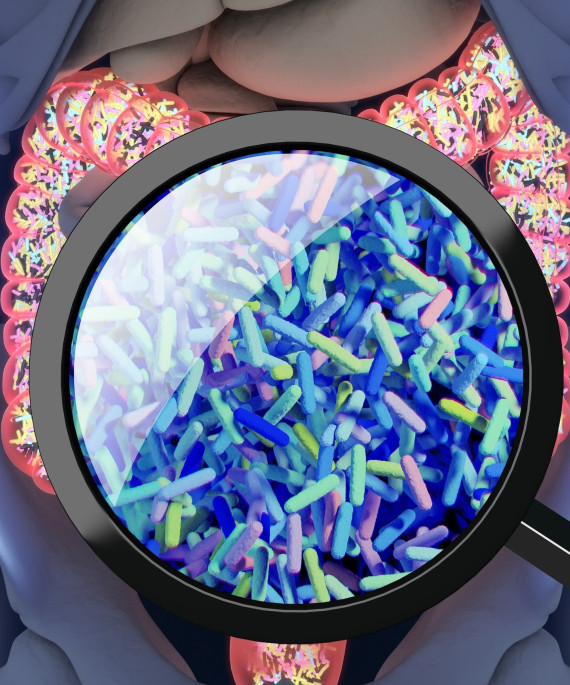
Irene Hatsu’s heart breaks a little as she talks about the homeless youth she’s working with in central Ohio.
“Some of them are runaways. Some are throwaways,” said Hatsu, assistant professor of human sciences and the food security specialist for Ohio State University Extension. OSU Extension is the outreach arm of the College of Education and Human Ecology.
Hatsu is collecting data on the nutritional status of homeless youths in central Ohio. Some of these youths have run away from bad situations at home. Others were kicked out of their homes because of sexual orientation, gender identity or drug use. Some have aged out of the foster care system and have nowhere to go. And some have left homes where they were neglected due to parental drug abuse or other issues.
Many have mental health issues, including depression and anxiety, which is one focus of her study.
“These kids have gone through a lot in life,” Hatsu said. “They aren’t just defiant teens who simply decided to strike out on their own. They are a very vulnerable population.
“Sometimes when I see the kids, it is heartbreaking. But they do try to make the best of their situation.”
 Irene Hatsu
Irene Hatsu
Since 2015, Hatsu has been working through the OSU Star House, the only drop-in center serving homeless youths in central Ohio, to collect data on their dietary intake, nutritional health and mental health status. Mental health issues such as depression or anxiety are strongly linked with homelessness.
There is also evidence health issues could be linked to nutritional health, Hatsu said.
It’s estimated that there are about 1,500 homeless young people in central Ohio, she said. Star House serves youths ages 14 to 24, but Hatsu’s study includes only youths 18 and older.
“To allow minors to participate in this research, we would need their parents’ permission, which would be difficult to get for this population,” she said.
For the study, each participant completes two 24-hour dietary recall questionnaires, a food frequency questionnaire to estimate patterns of nutritional intake over the previous six months, and an analysis of blood nutrient status specifically for nutrients that may be related to mental health: vitamin D, folic acid, vitamin B12 and zinc.
So far, Hatsu has complete data from about 105 youths, and she believes she will reach her goal of 120 early this year.
Though preliminary, results from this ongoing study are concerning, Hatsu said.
“They tend not to consume enough fruits and vegetables,” Hatsu said. “They tend to have a poor diet overall.”
In fact, so far, based on the dietary intake surveys, all of the participants (100 percent) are falling short in their consumption of vitamin D and vitamin E, Hatsu said. In addition, 96 percent don’t appear to consume enough vitamin A, and 94 percent don’t get enough vitamin C. While it is not unusual for young people to consume less of these nutrients, the prevalence of inadequacy of intake within this population, while preliminary, is unusually high, Hatsu said.
The blood nutrient analysis appears to be confirming the vitamin D deficiency among the youths — about 80 percent so far are deficient. That’s significant, because the body can make at least a portion of the vitamin D it needs by the skin absorbing sunlight, particularly in the summer months.
“And these kids are outdoors a lot,” Hatsu said.
In addition, weight problems are prevalent in this population, she said, particularly among the young women.
“So far, we have found that only 8 percent of the female participants are a normal weight. Fifteen percent are underweight, and all of the others are obese,” she said.
More than three-quarters of the young women have what’s known as central obesity — excessive fat around the abdomen — which puts them at much greater risk for diabetes, heart disease and other chronic diseases in the future, Hatsu said.
Determining the scope of this group’s nutritional issues is the first step to an intervention, she said.
“A lot of times, the youth have multiple mental health issues,” Hatsu said. “Often they are suicidal.”
There’s also evidence of a high prevalence of sexually transmitted diseases including HIV, and pregnancy among the young women, she said.
“Eating properly is therefore lowest – the lowest – thing on their health priority list,” Hatsu said. “But since diet is so closely linked with several chronic health conditions, it’s important to start paying attention to it.”
Once her study is completed, Hatsu hopes to determine how homeless youths’ nutritional status is related to mental health challenges. She plans to use these findings to design nutrition interventions specific to the needs of the youth.




